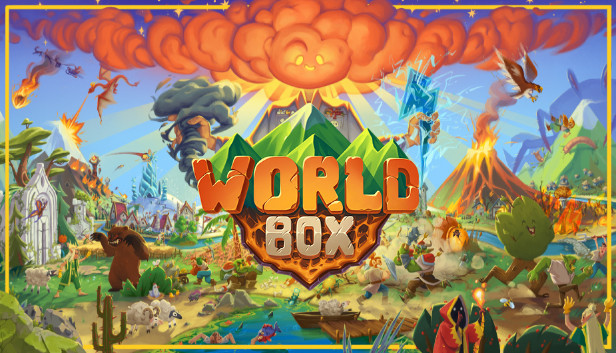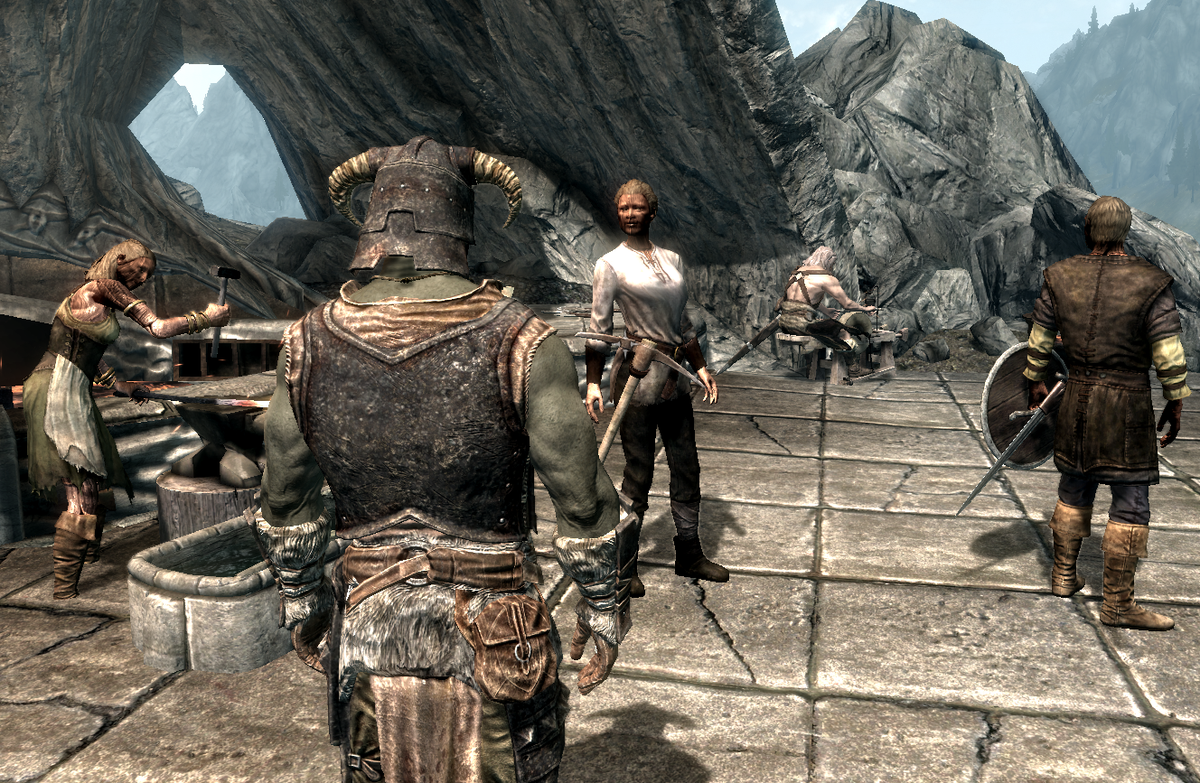
Each of its sequels has progressively ironed out those flaws, though some of the original’s reckless glee has been lost along the way.
#Best indie games steam series
The Shantae series began life on Game Boy Color as a lighthearted platformer in the vein of Wonder Boy III, exuberant but undeniably flawed. Shantae and the Pirate’s Curse (3DS/PS4/Steam/Switch/Wii U/Xbox One, 2014) Shantae and the Pirate’s Curse WayForward 12. The ground rules for this list: Indie-published two-dimensional platformers published after Order of Ecclesia (e.g. But which one is best? Let’s make it official. And some of them have been extraordinary - as good as, if not better than, many of the games that inspired them. Metroidvania-inspired platformers rank up there with roguelike (or roguelike-like) procedural games as some of the most popular among aspiring indies. Thankfully, we’ve had no shortage of indie developers eager to jump in and fill the double-jump-boot-shaped hole in our hearts. but let’s be honest, a decade and change is a long time to go between fixes. The lead creative mind behind the metroidvania line, Koji Igarashi, will be delivering a spiritual follow-up next year in the form of Bloodstained: Ritual of the Night. Shockingly enough, it’s been 10 years since the release of the last of these, 2008’s Castlevania: Order of Ecclesia. The latter-day Castlevania games, of course, were the “true” metroidvanias - that is to say, Castlevania games that borrowed liberally from Metroid’s style. When someone says “metroidvania,” you know exactly what they mean: A 2D platformer based around exploration and character progression, built in the style of Metroid and the latter-day Castlevania games.


“Metroidvania” may be an irritating word that sends many people into paroxysms of rage, but that doesn’t make it any less useful a word.

The metroidvania genre has been having quite a moment of late.


 0 kommentar(er)
0 kommentar(er)
